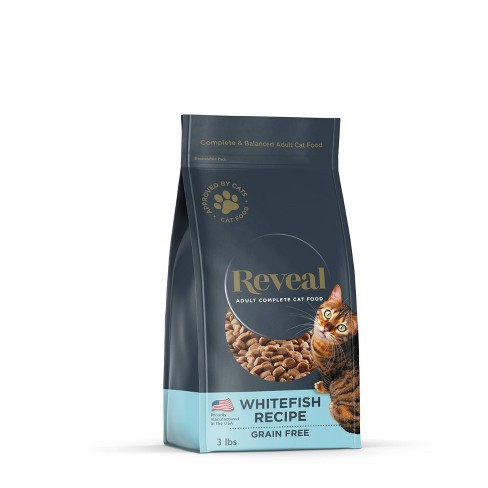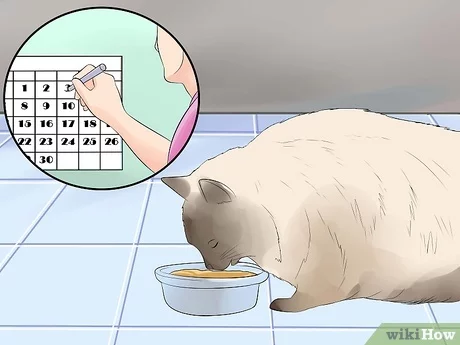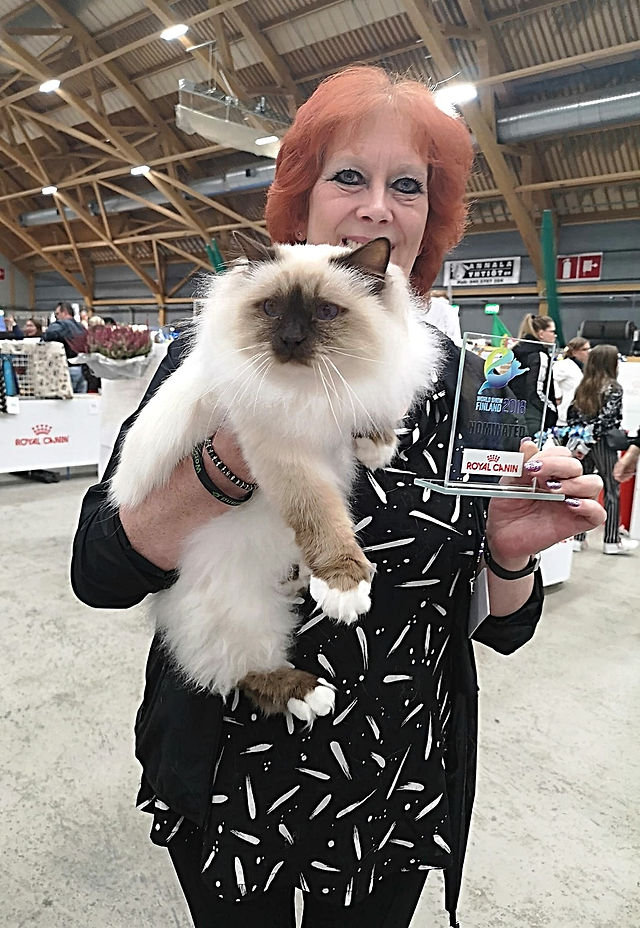The Himalayan cat is a breed created in the United States in the 1930s. It originated from crossbreeding Siamese and Persian cats to combine the Siamese color points with Persian long hair.
Developed as a distinct breed for its striking appearance and friendly demeanor, the Himalayan cat quickly captured the hearts of cat enthusiasts. These felines are cherished for their lush coats, vivid blue eyes, and gentle, docile nature. Known commonly as ‘Himmies,’ they share the Persian’s plush features and the Siamese’s coloration patterns, resulting in a beautiful blend of characteristics.
Ideal for indoor living, Himalayans are sociable, affectionate, and adapt well to serene environments. The breed has garnered a dedicated following and maintains a strong presence in both show rings and homes worldwide, making them one of the most beloved choices for pet owners seeking a companionable and stunning feline.
The Enigma Of The Himalayan Cat
The Enigma of the Himalayan Cat captures the imagination of cat lovers worldwide. This fascinating breed, with its luxurious coat and striking blue eyes, boasts a history as intriguing as its appearance. Unraveling the mystery takes us through myths, genetics, and breeders’ persistence to create what we now know as the Himalayan cat.
Evolution Of The Breed
The journey to breed the perfect Himalayan cat began in the early 20th century. Breeders aimed to combine the Persian’s lush fur with the Siamese’s vibrant eye color and point coloration. It took decades of selective breeding to achieve the distinctive look of the Himalayans we see today.
- Crossbreeding Persians and Siamese cats laid the groundwork.
- Meticulous selection ensured physical traits and temperaments met high standards.
- The Himalayan gained official recognition in the 1950s, cementing its status.
Myths And Early Mentions
The origins of the Himalayan cat are shrouded in folklore. One popular tale speaks of long-haired cats residing in monasteries high in the mountains, their eyes mirroring the blue of the skies.
| Myth Element | Detail |
|---|---|
| Monastery Cats | Possessing calm demeanors, supposedly blessed by monks. |
| Mountain Origin | Believed to be from Himalayas, aligning with breed name. |
| Celestial Eyes | Blue hues likened to the infinite sky. |
Early mentions of cats resembling the Himalayan exist in literature. These accounts often mix fact with fantasy, leaving the true history a blend of science and stories.

Credit: creature-companions.in
Breeding Foundations
The Himalayan cat, a striking creature with piercing blue eyes and a lush coat, owes its existence to the dedicated efforts of early breeders. These breeders pioneered the mixing of two very distinct feline personalities and appearances. Let’s delve into how the Himalayan breed came to be through breeding foundations.
Crossbreeding Siamese And Persian Cats
At the core of the Himalayan cat’s beginnings lies the practice known as crossbreeding. This method combines the traits of two established breeds, in this case, the Siamese and the Persian cats.
- Siamese cats: Known for their slender bodies, angular faces, and striking blue almond-shaped eyes.
- Persian cats: Cherished for their long, flowing coats, round faces, and calm demeanor.
The goal? To craft a feline showcasing the best of both: Persian fluffiness with Siamese color points.
Key Breeders And Their Contributions
Two visionary breeders, Dr. Clyde Keeler and Virginia Cobb, stand out in the history books for their pivotal roles in the development of the Himalayan breed.
| Breeder | Contribution |
|---|---|
| Dr. Clyde Keeler | Wanted to create a “pointed Persian” for genetic studies. |
| Virginia Cobb | Alongside Keeler, she conducted the first successful breeding in the 1930s. |
Marguerita Goforth later brought the breed to the limelight with her own breeding program, which popularized the Himalayan.
Genetic Journey
The allure of the Himalayan cat isn’t just in its striking appearance, but also in its remarkable genetic story. Tracing the origins of this breed takes us on a journey through a maze of genetics where adaptation and beauty intertwine. Let’s unravel the mysteries of the Himalayan cat’s ancestry and discover what events led to the creation of this beloved breed.
Colorpoint Gene Exploration
The Himalayan cat’s defining feature is its colorpoint markings – a gift from the recessive gene that their Siamese ancestors carried. The colorpoint gene, scientifically termed ‘cs’, restricts color to colder areas of the body, resulting in the darker points on the ears, face, paws, and tail that are synonymous with the breed.
To understand the breed’s distinctive look, consider these key points:
- Two parents with the colorpoint gene must mate to produce a Himalayan offspring.
- Both Persian and Siamese cats contributed traits, with the Persian’s long hair complementing the Siamese’s colorpoint pattern.
- Genetic mutations played a role, slowly sculpting the breed through selective breeding practices.
Adaptations To Cold Climates
The thick, lush coat of the Himalayan cat is not just beautiful but functional, a result of genetic adaptation to colder climates. This fur keeps them warm and highlights the breed’s ancestry from mountainous, chilly regions. A closer look reveals:
| Feature | Function |
|---|---|
| Long Fur | Insulates against cold weather |
| Thick Undercoat | Provides additional warmth |
| Short Ears | Reduces risk of frostbite |
Their wide-set eyes and snub nose also reveal their Persian heritage, further signifying their adaptation to a life less exposed to harsh conditions. The Himalayan cat has thus been uniquely molded by the forces of nature and human influence, making it a fascinating subject for both cat enthusiasts and geneticists alike.

Credit: conservationcubclub.com
Popularity Surge
The Popularity Surge of the Himalayan Cat tells a fascinating tale of charm and elegance. These cats won hearts worldwide, often without even trying. Let’s explore what rocketed Himalayans to feline fame, from their striking appearance in competitive shows to becoming beloved household pets.
Himalayan Cats In The Show Ring
Himalayan cats quickly became show ring stars. Their stunning blue eyes and unique color points set them apart from other breeds. They exhibit a graceful balance of a Persian’s luxurious coat and a Siamese’s striking features.
Judges and cat enthusiasts were captivated by their beauty and gentle demeanor. This led to numerous awards and a loyal following. The recognition these cats achieved in competitive shows helped to escalate their popularity among cat lovers.
Rise In Domestic Appeal
The rise in domestic appeal was inevitable. Himalayans’ affectionate nature and playful personalities made them ideal companions. Homes welcomed these cuddly pets, and their reputation for being gentle and easy to live with grew.
- Excellent with families
- Adaptable to indoor living
- Low maintenance despite their plush coat
As word spread about the Himalayan’s qualities, more people sought them out. Breeders saw a surge in interest and pet owners bragged about their loving Himalayan cats. This breed’s journey from the show ring to the living room showcases its timeless allure.
Cultural Significance And Representations
The Himalayan cat, often referred to as the “Himmie,” holds a unique place in our hearts and homes. This charming breed goes beyond its fluffy facade with deep cultural significance and universal representations. From inspiring artists to embodying symbolic meaning across different cultures, the Himalayan cat weaves a rich tapestry through human history and expression.
Influence On Art And Media
The Himalayan cat’s striking features have long captivated the imagination of artists and creators. In paintings, this breed’s vibrant blue eyes and lush coat often symbolize luxury and comfort. On screen, Himalayans have appeared in films and TV shows, enchanting audiences. They represent both grace and playfulness. One famous Himalayan, Mr. Bigglesworth, starred in the “Austin Powers” series showcasing the breed’s versatility in the media.
Symbolism In Different Cultures
- Eastern Symbolism: In some Asian cultures, the Himalayan is seen as a symbol of peace and tranquility, owing to its serene demeanor.
- Western Perspectives: In the West, owning a Himalayan cat often represents status due to their refined appearance and breed’s regal history.
Himalayans embody various qualities like calmness, beauty, and mystery that resonate with people from different backgrounds.

Credit: www.newscientist.com
Frequently Asked Questions For Where Does The Himalayan Cat Come From
What 2 Breeds Make A Himalayan Cat?
The Himalayan cat is a crossbreed between the Persian and Siamese breeds. This mixture results in their distinctive long fur and pointed coloration.
What Is The Ancestry Of The Himalayan Cat?
The Himalayan cat descends from a crossbreed between Persian and Siamese cats, displaying traits from both breeds.
What Makes A Himalayan Cat?
A Himalayan cat is a breed with long fur, similar to a Persian, and Siamese-like color points. They feature blue eyes and a sweet, gentle temperament. This breed requires regular grooming due to its luxurious coat.
Do Himalayan Cats Live In The Himalayas?
Himalayan cats do not originate from the Himalayas; they were bred in the United States in the 1930s from Persian and Siamese cats.
Conclusion
Tracing back to the regal recesses of the past, Himalayan cats boast a rich heritage. Crossing Persian grandeur with Siamese elegance gave rise to this breed. Their cozy looks and charming demeanor make them beloved pets. Unveiling their origins has been a delightful journey.
Cherish these fluffy companions, born from a blend of beauty and mystique.



